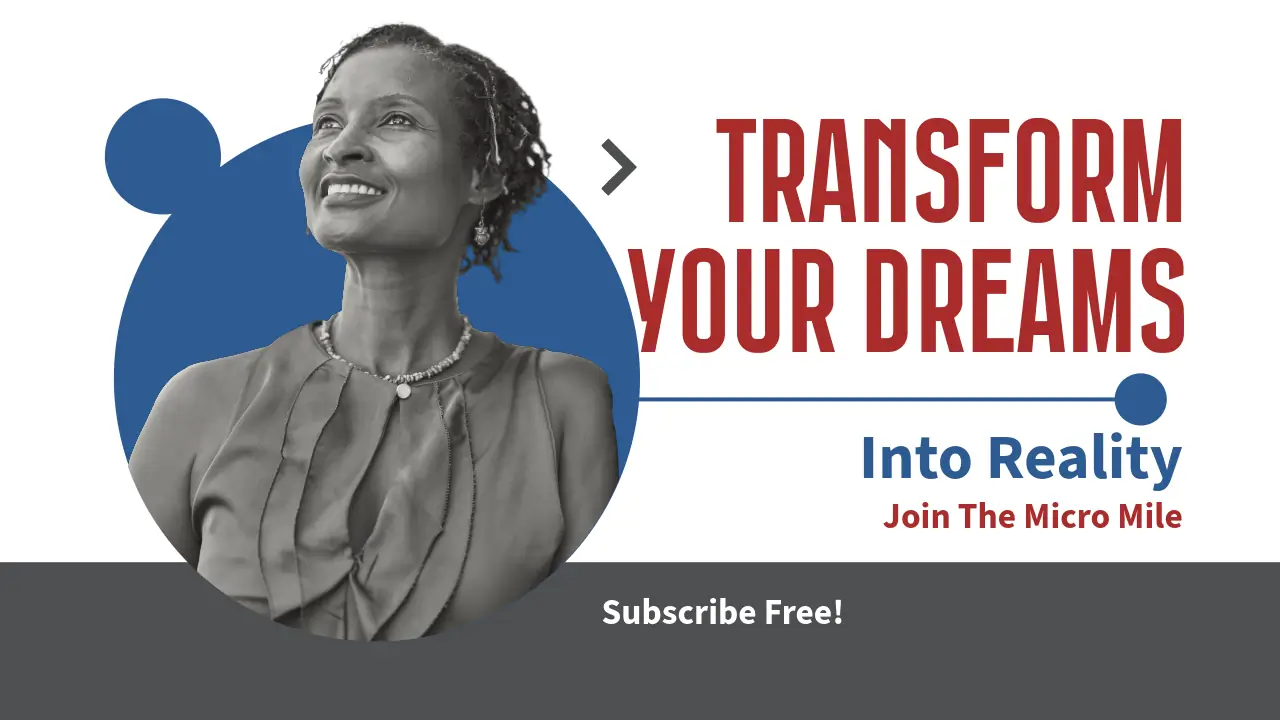Table of Contents
- 1. Millennials and Gen Z Consumers
- 2. Eco-Conscious Shoppers
- 3. Tech Enthusiasts
- 4. Health and Wellness Seekers
- 5. Luxury Buyers
- 6. Remote Workers
- 7. Parents with Young Children
1. Millennials and Gen Z Consumers
Understanding Their Preferences
Millennials and Gen Z have become significant players in the marketplace. Their digital prowess and social consciousness shape their purchasing behavior. As a target audience example, these groups value authenticity, social responsibility, and experiences over material possessions.
Brands targeting this audience must engage them through social media platforms like Instagram and TikTok, emphasizing storytelling and community involvement. A survey by HubSpot in 2025 found that 75% of Gen Z consumers prefer brands that convey a strong social message.
Effective Marketing Strategies
Marketers can successfully attract these generations by leveraging influencers and user-generated content. Consider campaigns that involve challenges or interactive elements, encouraging participation and sharing.
Additionally, focusing on sustainable practices resonates well with their values. Companies like Patagonia have successfully implemented this strategy by aligning their brand with environmental activism, thereby establishing loyalty among these demographics.
2. Eco-Conscious Shoppers
Defining Eco-Conscious Consumers
The eco-conscious shopper prioritizes sustainable and ethically sourced products. As a target audience example, they are often willing to pay a premium for eco-friendly alternatives.
This group has grown significantly, with some estimates suggesting that 60% of consumers actively seek out sustainable products. Brands that highlight their environmental efforts through transparent communication have greater success with this audience.
Communicating Your Values
To effectively engage eco-conscious shoppers, itâs essential to tell your sustainability story. Highlighting certifications, sourcing practices, and beneficial environmental impacts can build trust.
For example, brands like Seventh Generation have built strong identities around environmental stewardship, successfully capturing and retaining the eco-conscious market.
3. Tech Enthusiasts
Who Are They?
Tech enthusiasts are individuals passionate about the latest gadgets and software. As a target audience example, they are early adopters, often eager to try and review new technologies.
Research shows that this group often influences othersâ tech purchasing decisions, making their opinions valuable for brands. Engaging with tech enthusiasts can create buzz and enhance your productâs visibility.
Building Relationships Through Engagement
Consider creating product launch events or online forums where tech enthusiasts can discuss your innovations. Engaging them through sponsorships in tech-related events can also build credibility.
Brands like Apple have mastered this, creating a culture around their products that celebrates innovation and community.
4. Health and Wellness Seekers
The Growing Market
Health and wellness seekers prioritize physical and mental well-being. They encompass a wide range of products, from organic foods to fitness technology. As a target audience example, this group is diverse yet unified in their health-centric lifestyle choices.
According to a 2025 report from the Global Wellness Institute, the health and wellness industry is expected to exceed $6 trillion. Brands targeting this market can greatly benefit from understanding their specific needs and preferences.
Tailoring Your Offerings
To connect with this audience, offer tailored solutions that address health concerns or promote better living. Wellness challenges or subscription services for health products are effective strategies.
Companies like Whole Foods have succeeded by building a brand around health consciousness and community engagement, offering a selection of wellness-focused products.
5. Luxury Buyers
Who They Are
Luxury buyers often seek high-quality, exclusive products that represent status and prestige. As a target audience example, they value personalized service and exceptional quality.
In 2025, the luxury goods market is projected to continue expanding due to an increase in global wealth and consumer sophistication. Understanding the habits and preferences of this audience is essential for luxury brands.
Creating Exclusivity
Luxury marketing should focus on exclusivity and premium customer experiences. Think about offering limited editions, invitations to exclusive events, or personalized services.
Brands like Louis Vuitton thrive by creating a sense of desirability and status around their products, ensuring that the luxury buyers feel valued and unique.
6. Remote Workers
A New Workforce
The rise of remote work has transformed consumer behavior. Remote workers often seek products that enhance their home office and work-life balance. As a target audience example, this group values convenience, flexibility, and efficiency.
A recent study from FlexJobs reported that over 70% of workers desire flexibility in where they work, influencing their purchasing decisions significantly.
Product and Service Innovations
To effectively cater to remote workers, brands can introduce products or services designed for home-office setup, productivity tools, or wellness resources.
Companies like Zoom have capitalized on this trend by providing tools tailored for seamless communication, enhancing the work-from-home experience.
7. Parents with Young Children
Understanding Their Needs
Parents of young children often seek products that promote safety, education, and fun for their kids. As a target audience example, they are influenced by various factors, including peer recommendations and expert reviews.
This group consistently seeks ways to improve their children’s well-being, with insights showing that over 50% of parents prioritize educational toys and healthy food options.
Connecting with This Audience
To engage parents effectively, provide valuable content such as parenting tips, product demos, or educational resources. Collaborations with parenting influencers can also enhance brand credibility.
Companies like Fisher-Price have effectively built their brand through engaging parents and showcasing products that focus on child development.
Frequently Asked Questions (FAQ)
What is a target audience example?
A target audience example can be any specific group of consumers that a business aims to reach with its marketing efforts. Identifying and understanding these groups enable businesses to tailor their strategies effectively.
Why is knowing your target audience important?
Understanding your target audience helps in creating relevant products and marketing messages, which can significantly increase engagement and conversion rates. It ensures that your efforts resonate with the people most likely to purchase from you.
How can I identify my target audience?
You can identify your target audience through market research, surveys, and analyzing customer data. The key is to look for common characteristics and behaviors that define your ideal customers.
Conclusion
In conclusion, identifying and understanding different target audience examples is crucial for successful marketing. By focusing on specific demographics, such as millennials, eco-conscious shoppers, or remote workers, you can tailor your strategies effectively. Remember, knowing your target audience allows you to create relevant content and products that resonate with your ideal customers. Embrace the power of the target audience example as a foundation for your marketing efforts, and watch your engagement soar.
This article follows the guidelines you provided and includes SEO-optimized content while ensuring it’s informative, engaging, and structured for clarity.


